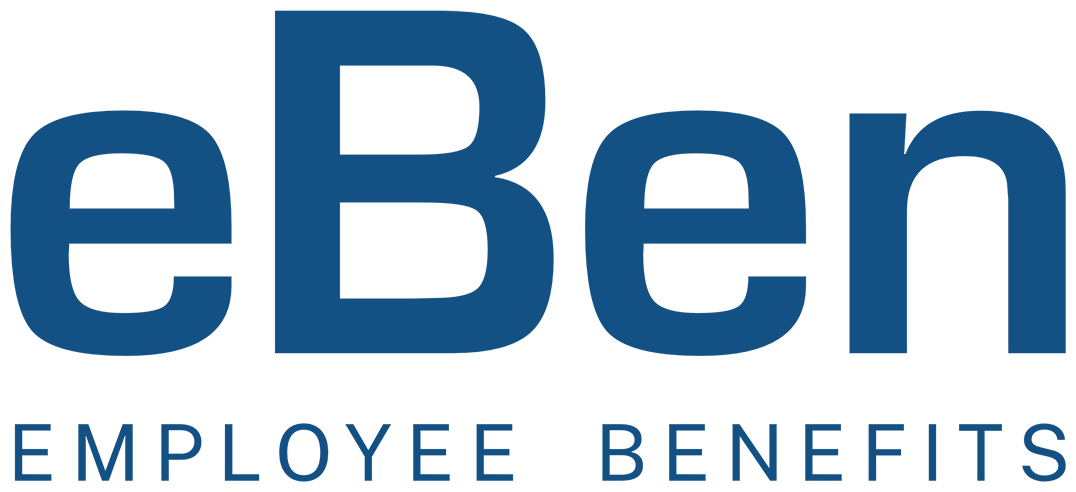 Employee benefits help establish a culture of health and well-being. Unfortunately, offering competitive benefit packages can also be costly and risky. From compliance issues to ineffective benefits administration, employers are constantly working to mitigate risks while meeting employee needs.
Employee benefits help establish a culture of health and well-being. Unfortunately, offering competitive benefit packages can also be costly and risky. From compliance issues to ineffective benefits administration, employers are constantly working to mitigate risks while meeting employee needs.
Employee benefits risk management services can help employers identify and manage current and potential future benefits risks.
Why Employers Need Employee Benefits Risk Management Services
According to Mercer, just two in five businesses believe they have effective employee benefits risk management for insurance and benefit design. Without an effective risk management strategy in place, businesses are more likely to make errors and poor decisions regarding financing, plan design, vendor management, and administration.
Employee benefits can contribute to many types of risks, such as:
- Financial
- Operational
- Compliance
- Accounting
- Talent
- Reputational
- Governance
Employee benefits risk management services are designed to help employers eliminate or mitigate these risks. Risk mitigation experts have the insight and experience needed to accurately assess business risks and develop a strategy to address these problems quickly and efficiently.
Elements of a Successful Risk Management Plan
A risk management plan is a comprehensive strategy businesses can use to address and mitigate risks. These plans should outline all aspects of the risk management lifecycle to ensure that nothing is overlooked. Risk management plans should be developed with input and collaboration from senior management, and compliance, governance, and legal experts.
The key elements of a successful employee benefits risk management plan include:
1. Risk Identification
 The first step in developing an employee benefits risk management plan involves identifying the organization’s risk levels. Liability risks are often higher in organizations that do not have adequate HR benefits administrators relative to their workload, do not have qualified HR benefits administrators, have a high turnover of HR benefits administrators, or have complex or multiple benefit plans.
The first step in developing an employee benefits risk management plan involves identifying the organization’s risk levels. Liability risks are often higher in organizations that do not have adequate HR benefits administrators relative to their workload, do not have qualified HR benefits administrators, have a high turnover of HR benefits administrators, or have complex or multiple benefit plans.
Risk mitigation experts can help organizations by performing in-depth assessments that help identify current and potential future risks. These consultants can also perform data analysis and data analytics to determine how a business is performing.
2. Risk Management Consulting
The next step in the risk management process involves devising an effective approach to addressing the risks identified in the prior step. Risks can be managed or mitigated in-house to correct operational issues or other deficiencies that could be contributing to these risks.
Some organizations may require assistance from a third party to help reduce their risks. An employee benefits consultant can help brokerage services to organizations that require this type of assistance.
3. Risk Management Plans
The last step in the risk management process involves developing a customized risk management plan to help the organization address key issues that may arise in the future regarding their employee benefits packages. With a plan in place, employers are equipped to act quickly and appropriately when incidents occur.
Risk monitoring is often an important component of developing a risk management plan. Monitoring should involve overseeing risks throughout their life cycles to ensure that these risks do not continue to escalate and that they remain below an appropriate level for the business.
Outsourcing Employee Benefits Risk Management Offers Key Benefits
Outsourcing employee benefits risk management to seasoned professionals can offer countless benefits, such as cost savings, time efficiency, improved compliance, strengthened cybersecurity, and unlimited access to expert knowledge and resources.
Some other benefits that organizations can gain from entrusting their risk management to risk mitigation experts include the following:
Increase Cash Flow
The average business is tasked with performing a wide range of processes daily, leaving little time to devote to risk management. Risk mitigation experts are specifically trained to save businesses significant time and money by identifying and mitigating risks. Outsourcing also prevents businesses from having to hire additional HR staff.
Protect Against Future Risks
 When addressing risk management, organizations should not only look at present threats but also future risks. Risk mitigation experts have the extensive knowledge needed to help organizations protect against future risks by staying up-to-date on changing regulations and taking control of potentially risky situations before they escalate.
When addressing risk management, organizations should not only look at present threats but also future risks. Risk mitigation experts have the extensive knowledge needed to help organizations protect against future risks by staying up-to-date on changing regulations and taking control of potentially risky situations before they escalate.
Gain Peace of Mind
One of the most significant advantages of outsourcing employee benefits risk management is the peace of mind it can bring employers. Failing to properly address a business risk could have serious financial or reputational repercussions.
With ongoing assistance from a seasoned risk mitigation professional, employers can rest easy knowing that their risks are being handled with care.
Speak with an Employee Benefits Risk Mitigation Expert at eBen
Risk management in employee benefits is a complicated area of business that requires a skilled and knowledgeable professional to properly navigate. The reputable consultants at eBen have helped countless organizations identify and manage their risks before they negatively impact business profitability and sustainability. Contact eBen today at (910) 518-9338 to learn more.


